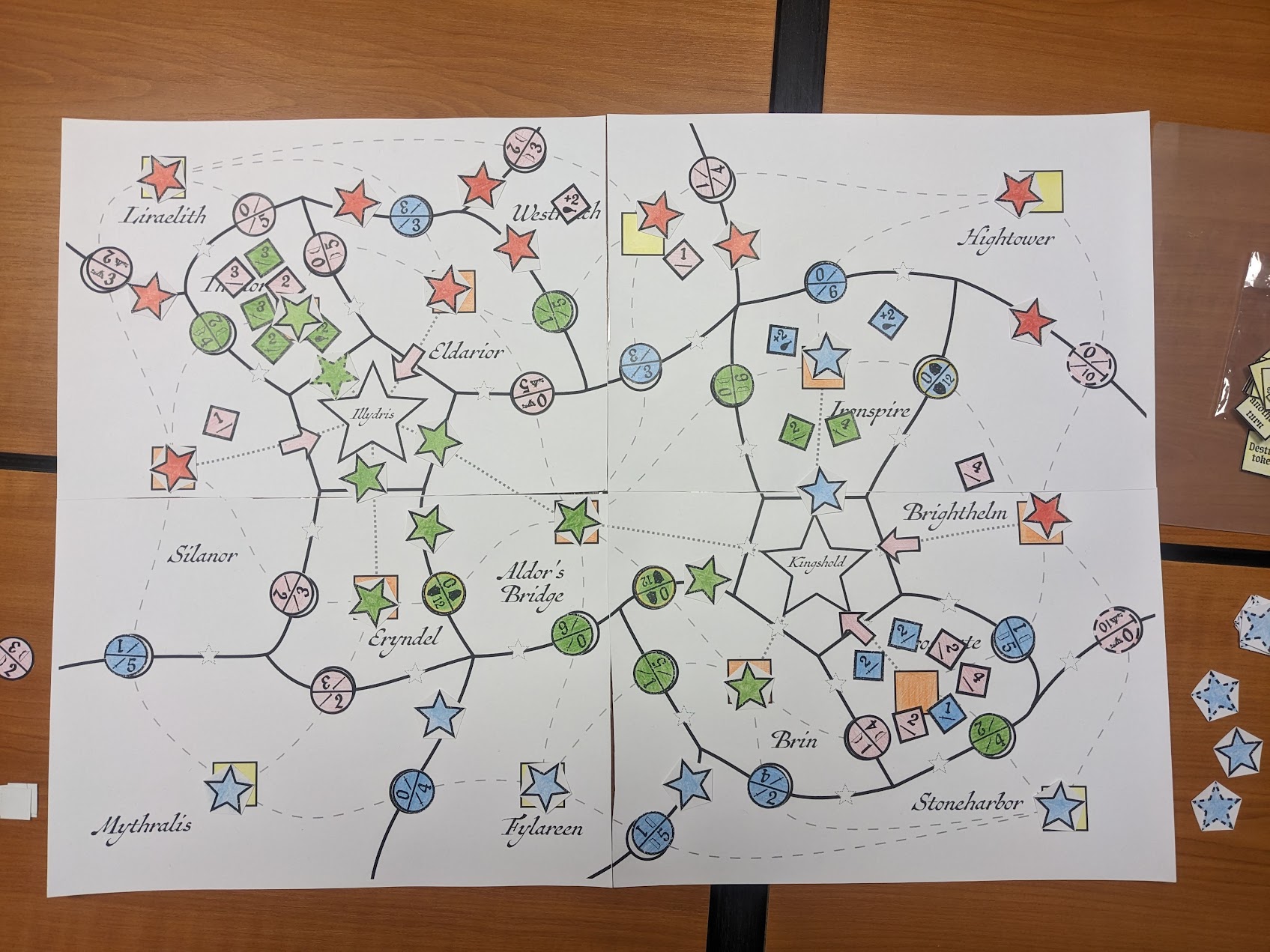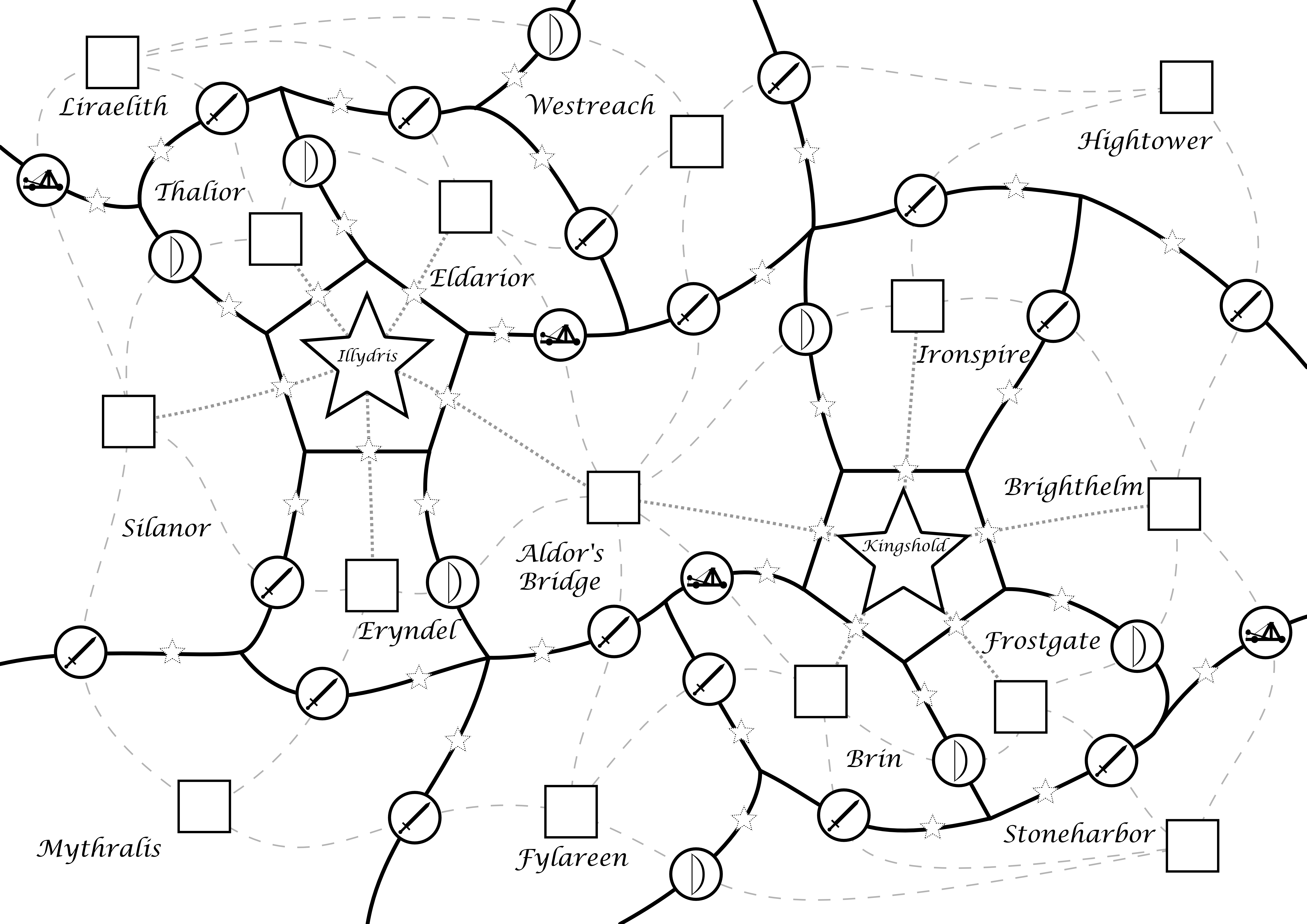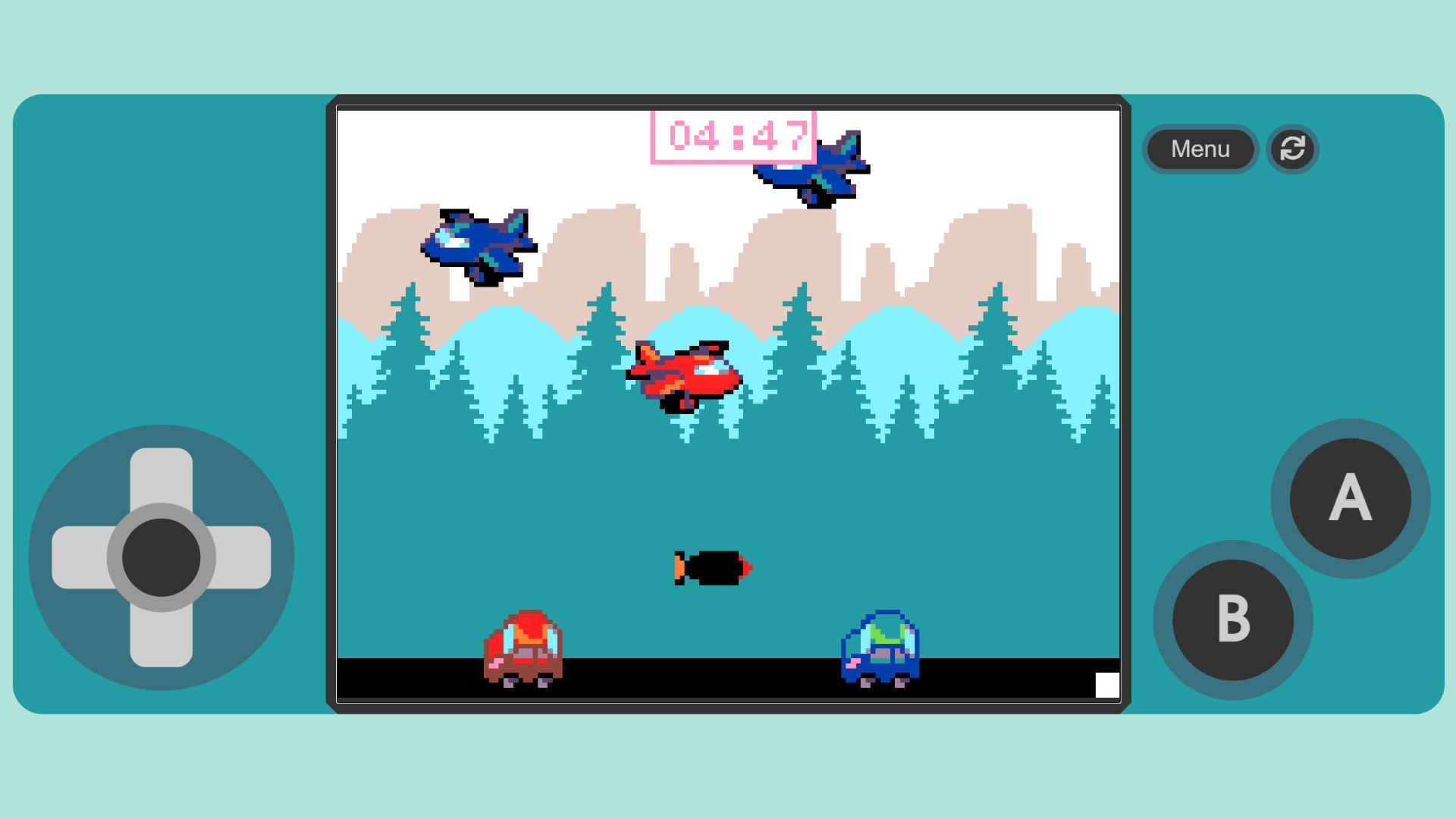Game Design I
September 2024 - January 2025
Rapid paper prototype - MineLeaper
Our first, and sadly last, workshop involved a rapid 20-minute paper prototyping challenge, where I and my 2 classmates designed a simple yet engaging game MineLeaper. In MineLeaper the objective is to outlast opponents by avoiding mines, while strategically placing and destroying them. As I and one of my colleagues had some experience with creating games under a very limited time we knew that we had to prioritize player agency over random chance. Because of this the mine placement is solely in players’ hands and is the main mechanic that makes the game fun.
The time constraint also pushed us to focus on the core gameplay and look for simple mechanics that could enhance the game, making the development process both fun and productive.

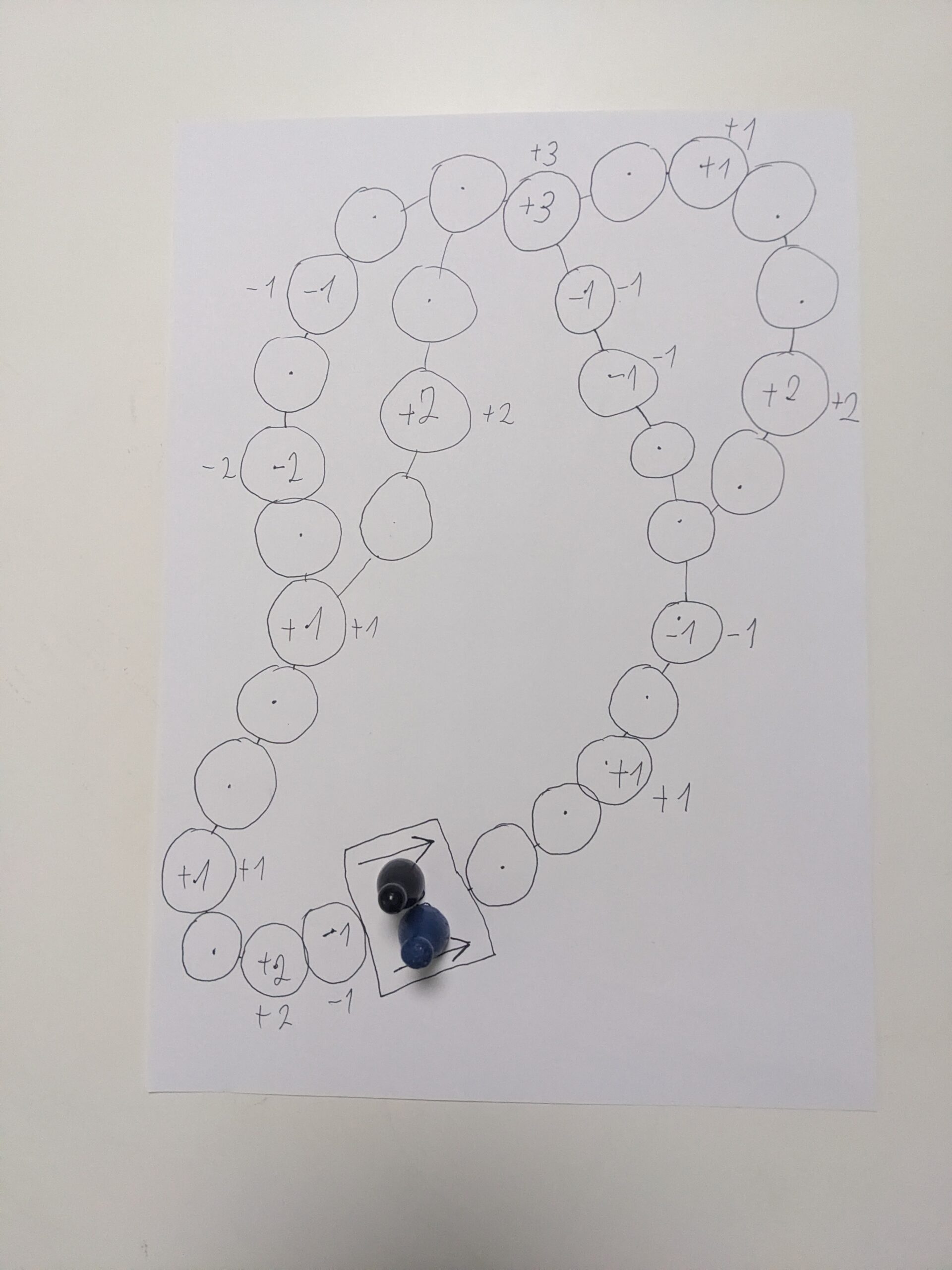
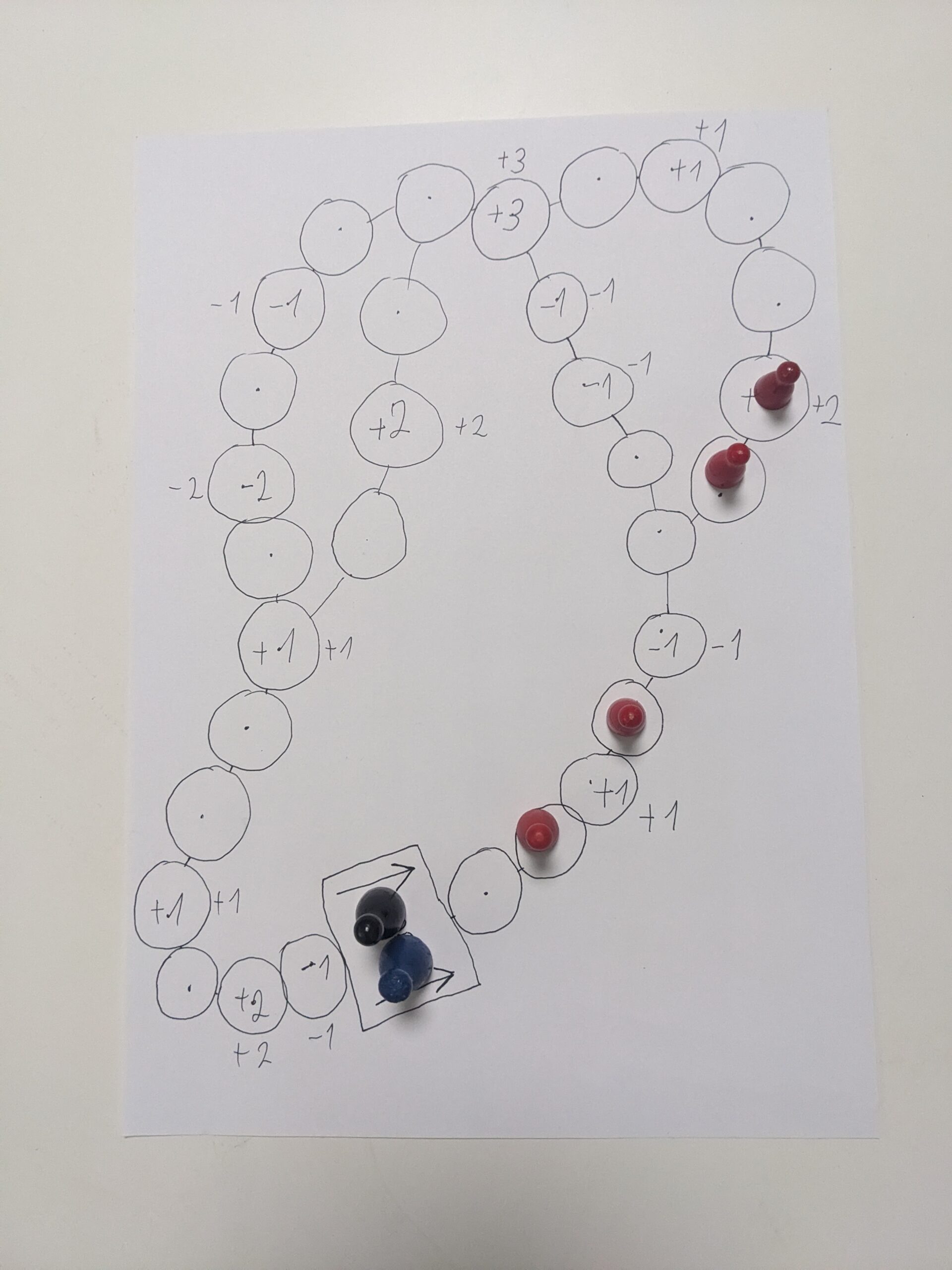
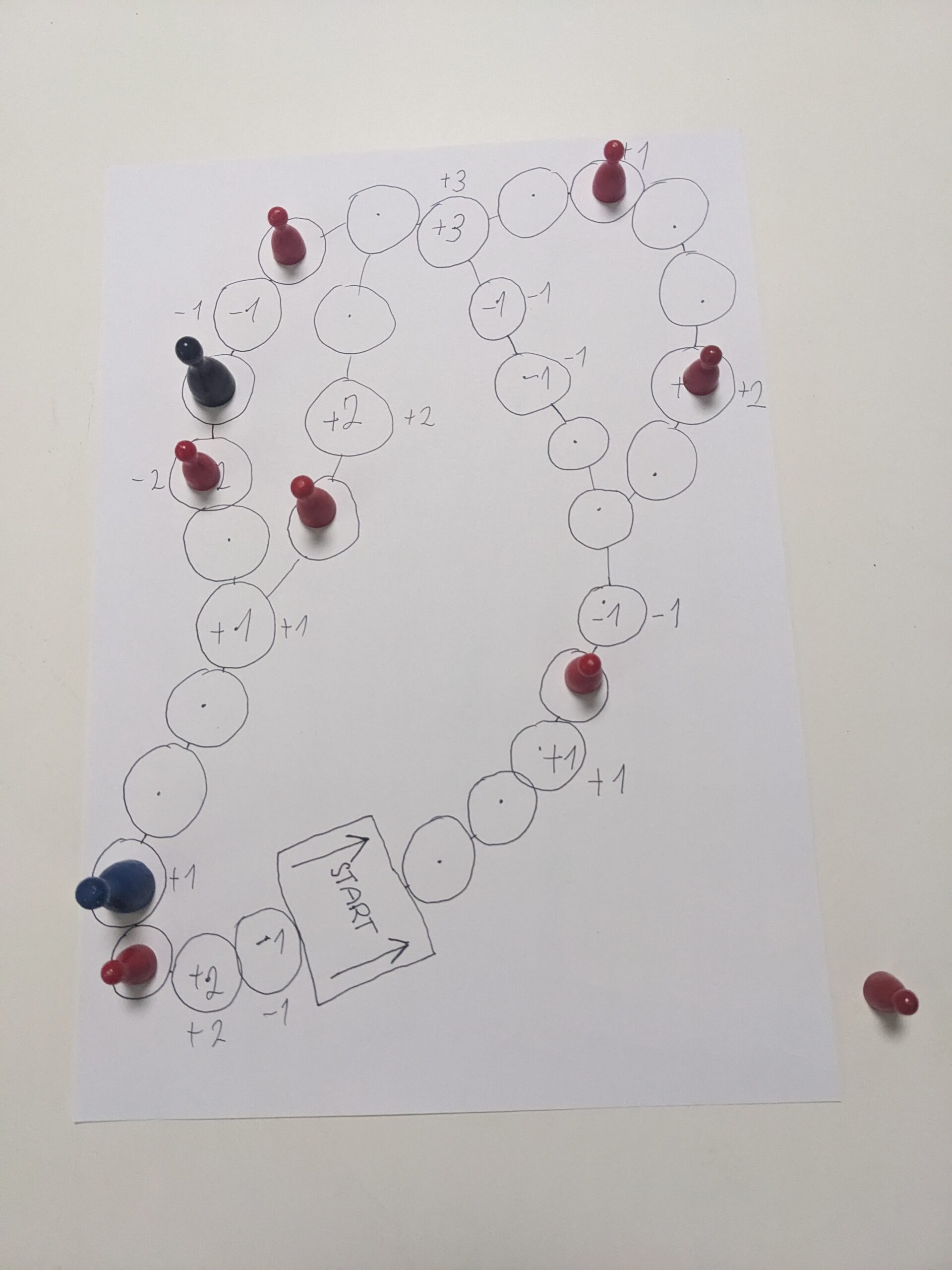

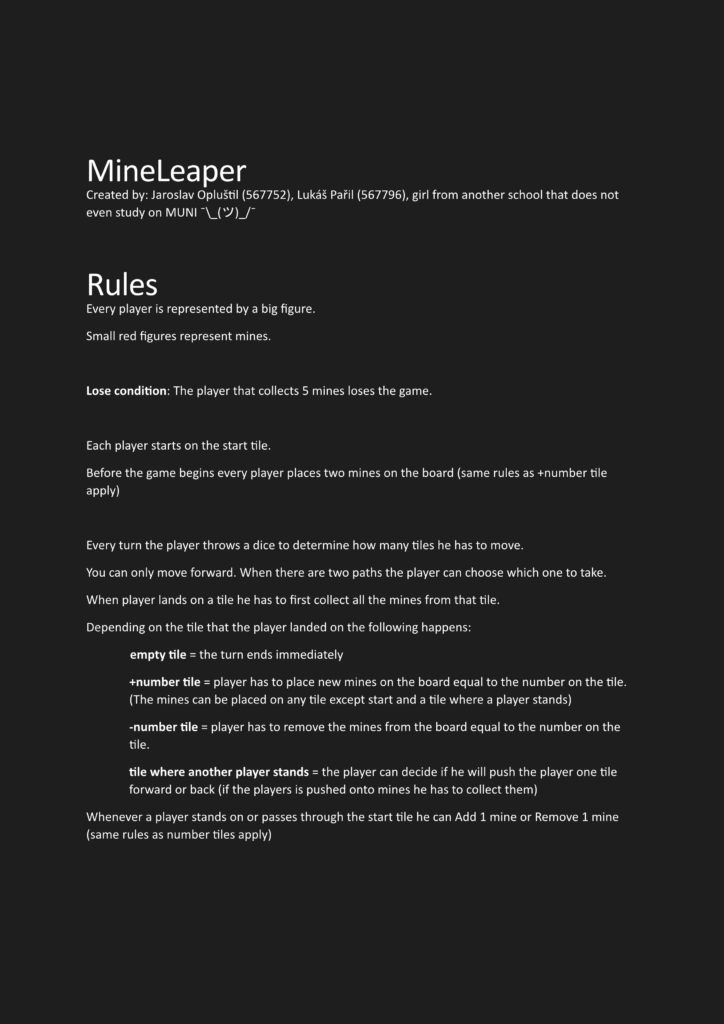
Game Design Observation of Portal
I really enjoyed this assignment as I had a chance to observe game design decision that were mostly invisible for me when I played Portal previously. I am really happy with the result and I plan to apply this experience even for my more informal observations.
Hybrid War - Game proposition
With this assignment, I struggled to keep the text within the 3-page limit. This meant I had to cut out some information that I think would have helped better convey and sell the game concept.
If I were to approach this assignment again, I would consider either choosing a smaller game that could be explained more easily or omitting some information like story, setting or aesthetics and giving a more detailed explanation for the main mechanics.
Design, Dynamics, Experience
This assignment was about the Design, Dynamics, Experience framework for Game Design. The goal was to read a text explaining the framework, summarize it, and then compare it to summaries generated by AI. I enjoyed writing the paper and was impressed by how good AI is at summarizing. It was also interesting to learn about some frameworks I hadn’t come across before and to see why they failed.
Mini Digital Game
I created a mini game using Microsoft MakeCode Arcade for an assignment where we had to make a small digital game within a time limit of our choosing. I set aside 1 hour for the task, but as expected, it ended up taking around 2.5 hours. The biggest challenge was working with MakeCode Arcade itself, as the visual block interface was sometimes difficult and even frustrating to use.
Raising the Bar - Book Review
For this assignment, we were tasked with reading and reviewing a book of our choice about game design. I chose Half-Life 2: Raising the Bar because I’m a huge fan of Valve’s games and wanted to know more about their development process.
This project also marked my first time using Affinity Publisher for any bigger paper, and to my surprise, I absolutely fell in love with the program. What started as a simple book review turned into a deep dive into a rabbit hole of typography. I discovered that there’s so much more to designing text than just bolding or underlining – it’s an art form in itself.
Not only did I gain a theoretical understanding of the basics of typography, but I also had the chance to put these skills into practice while creating this book review. Exploring the design process added an unexpected layer of creativity to the assignment, making it just as enjoyable as analyzing the content.
Allies in War
Allies in War is a project I worked on with two of my classmates. It is an asymmetric strategy board game for three players. Two allied players, representing the Humans and Elves, must cooperate to defend their lands from the aggressive and rapidly expanding Horde. However, this alliance is fragile as each ally desires more influence than the other, setting up potential betrayals and self-serving strategies. Meanwhile, the Horde player tries to defeat the Alliance by capturing regions or seizing their capital cities, presenting a common threat to both the Human and Elf players. The game is a dynamic blend of cooperation, strategy, and betrayal, where alliances can shift, and victory is uncertain until the very end.
During this project, I primarily learned how to refine design decisions through iteration and how to approach playtests. Throughout the course, we held four in-class playtesting sessions, where we presented our game and gathered valuable feedback from players.
If I were to redo this project, I would experiment with more radical changes during the prototyping phase and conduct additional playtests as the feedback from unbiased playtesters proved essential to every aspect of the design.
